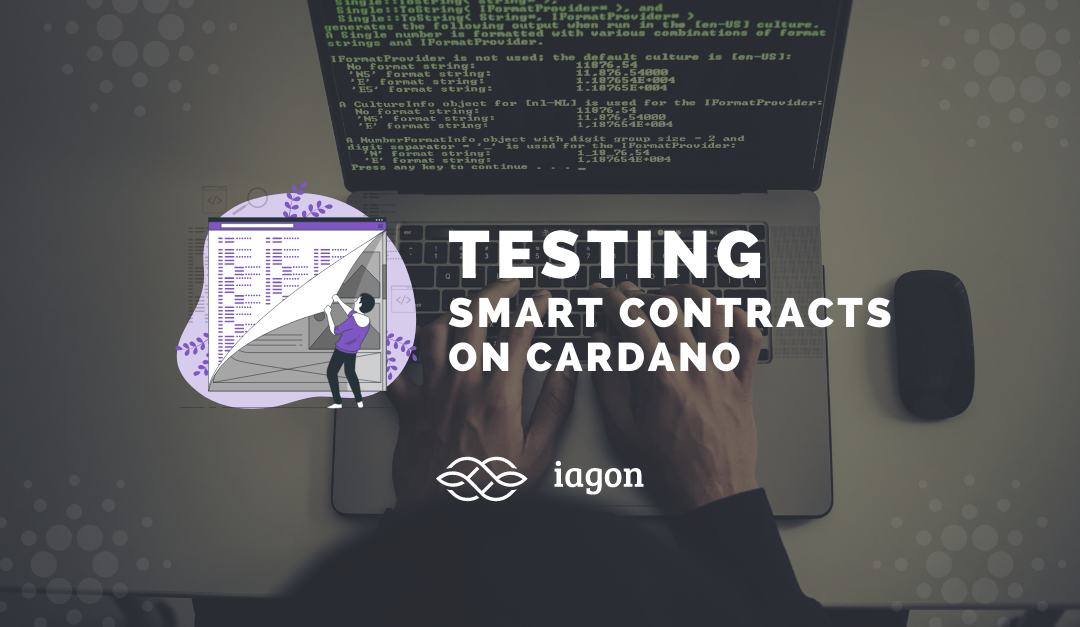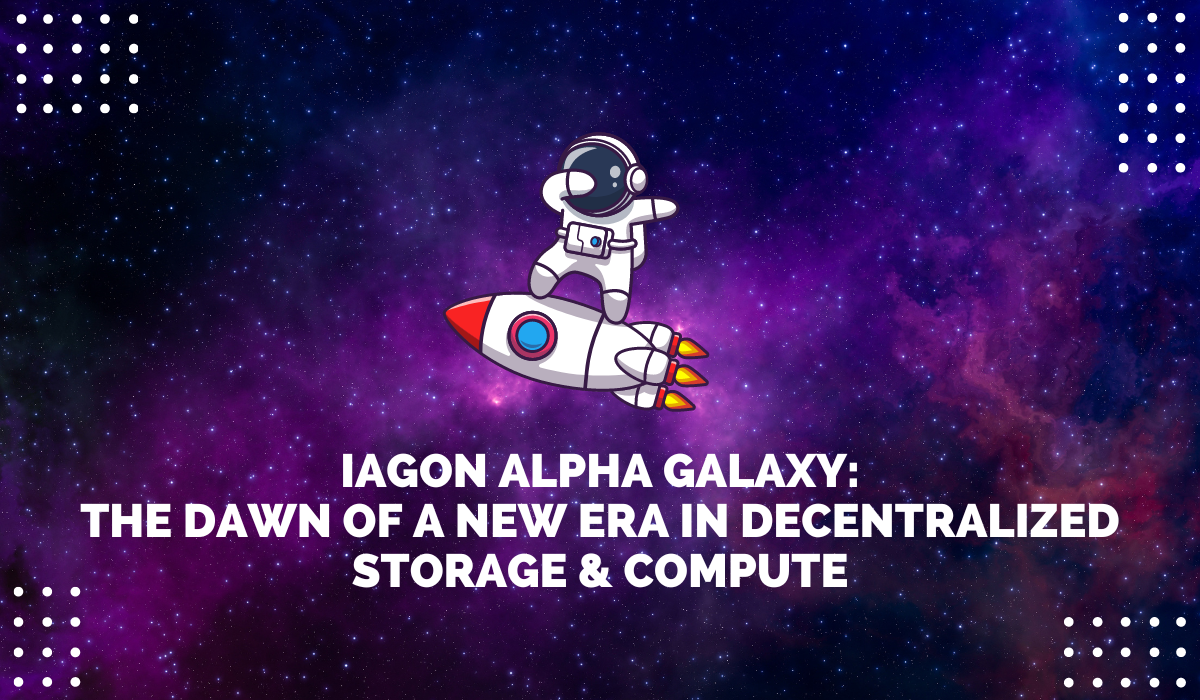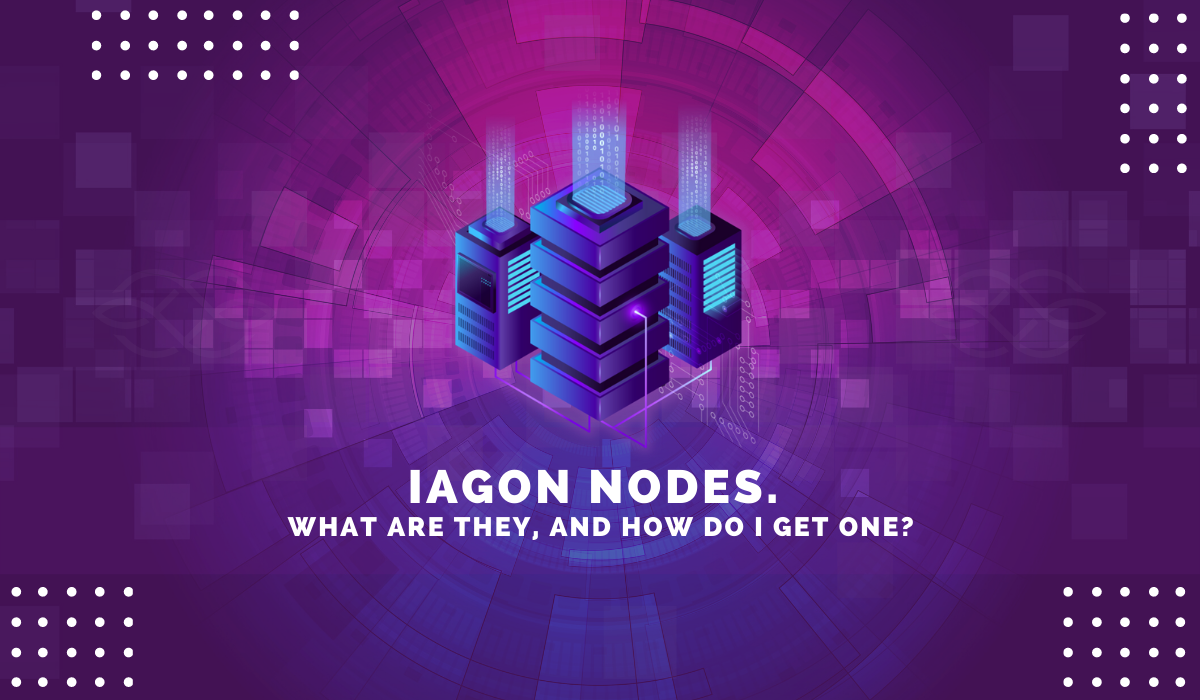Introduction
Writing a valid smart contract requires both ability and diligence. Developers have to take into account all possible uses and scenarios. Verifying that the behavior of the smart contract (i.e. “formal verification of smart contract”) conforms to all the ways of working specified in the specification requires a great deal of effort. In addition, if requirements change, the assumptions and behavior will need to be verified again. That is why automated random testing on real-world systems is the best way to ensure the rightness of smart contracts. Developers can implement tests faster than complete verification, and random testing makes fewer assumptions than such a verification. Such tests can quickly uncover both problems in the smart contracts themselves and gaps in the original specification. This is especially important in the light of smart contracts that have been proven correct according to specification, only to for the specification to reveal its imperfections afterward. Moreover, well-written random tests are a reasonable basis for the verification of correctness.
The Plutus platform has built-in support for automatic testing, based on a popular property testing framework QuickCheck.
This article shows how to make an automatic test for the Plutus smart contract using our “proof of burn” as a reference example.
The burning of cryptocurrencies and crypto tokens is sending them to a black hole address: the address with no access key to retrieve funds. After the transaction happens, the public can verify that a burn took place. To do so, the sender needs to share a “secret”: the commitment value. Proof-of-burn(Karantias, Kiayias, and Zindros 2020) is a protocol proposed for assuring the burning of funds in a way that is not censorable by the middlemen. The burning of blockchain funds may serve to buy back the tokens and boost valuations of the remaining tickets. Alternatively, it may be used as a proof of commitment in blockchain protocols(Ismail and Materwala 2019). Burning in large amounts may cause deflationary pressure since it decreases the total amount of the token in circulation.
*Burning of ADA tokens is not something that we promote or think will happen on Cardano. This is only used to explore smart contracts and explain methods of testing.
Plutus platform supports both standard unit tests with a fixed scenario and arbitrary, QuickCheck-based (Claessen and Hughes 2000), tests. The latter allows to implement semi-random test scenarios, which combine user-specified and randomly generated scenarios. This allows covering many more scenarios as compared with fixed tests and detecting bugs earlier.
Writing unit tests is good covered in many tutorials, such us “Plutus pioneer program” (Brünjes 2021). In this article we show how to write dynamic logic tests.
Dynamic logic testing
Unit-test scenarios are hardwired (never change their behavior). However, it is sometimes required to check smart contract properties on a wide range of behaviors. The Plutus platform has dynamic logic testing. This feature allows testing multiple complex tests scenarios by randomly generating them.
For this purpose, QuickCheck (Claessen and Hughes 2000) supports random generation of arbitrary input to a function. The developer can use the random generator to create an arbitrary test scenario and then check that this scenario runs as expected.
The testing is model based, so developer have to define instance of ContractModel. Example implementation of such modal considered well in “Plutus pioneer program” (Brünjes 2021).
– TODO –
Dynamic logic test scenarios which freely mix specific and random action sequences. For example:
lockTest :: DL POBModel ()
lockTest = do
action $ Lock w1 w2 20
action $ Lock w3 w2 30
action $ Redeem w2
assertModel "at least 50 lovelaces must be redeemed"
(\modelState -> redeemedFor modelState w2 > 50)Here we execute several random actions and then check that several Adas will be redeemed after some locks.
An essential feature of DL test script running is the output of an erroneous action sequence. For example, in an early stage of testing our proof-of-burn contract, we discovered a faulty sequence (which we then fixed but left on our test list):
prop_GetObservableStateDon'tBreakEmulator :: Property
prop_GetObservableStateDon'tBreakEmulator =
withMaxSuccess 1 $
withDLTest anyActions_ mkPropForActions $
DLScript
[ Do $ ValidateBurn w1 w2
, Do $ Burn w1 w2 10000
, Do $ Lock w1 w2 20000
]Here DLScript [...] is (slightly corrected) output of the Plutus platform runner.
Validation criteria for the Proof-of-burn smart contract
We develop some criteria presented by the respective property test listed below:
tests :: TestTree
tests = testProperties "prop tests"
[ ("lock and then redeem", prop_LockAndRedeem)
, ("burn and then validate", prop_BurnAndValidate)
, ("random actions is consistent", prop_RandomActionsIsConsistent)
, ("burn validating in emulator is works", prop_BurnValidatingInEmulatorIsWorks)
, ("observable state don't break emulator", prop_GetObservableStateDon'tBreakEmulator)
]- prop_LockAndRedeem – here, we check that redeem gets all the means locked with lock and that burn does not interfere with this. To do this, we first call lock, then some arbitrary actions, then redeem, and then check that redeemed expected value.
- prop_BurnAndVerify – similar to the previous one, but we check that lock/redeem not interfere with burn/validateBurn.
- prop_RandomActionsIsConsistent – pure random actions. Our testing model has internal assertions and must confirm all these assertions for any sequence of actions.
As stated earlier, dynamic logic test runner can output DLTest list of actions, where some failures occur. When we develop our proof-of-burn, we have faced such issues and save this output to tests. So we have two of them:
- prop_BurnValidatingInEmulatorIsWorks – checks that ValidateBurn correctly works in the testing model.
- prop_GetObservableStateDon'tBreakEmulator – we seem to have encountered a bug in the Plutus emulator, and here we check that our test model bypasses it.
Conclusion
As a quick design check, a developer can use standard unit tests.
Nevertheless, property-based tests allow for much more extensive testing by randomly generating test scenarios. It is required to write an instance of ControlMonad (and some auxiliary code), but then developers can validate smart contracts against many more test scenarios and find more errors in the smart contract.
Using the Plutus platform’s extensive testing capabilities, we checked the performance of our application and corrected many bugs.
Bibliography
Brünjes, Lars. 2021. “Plutus Pioneer Program - Iteration #2 - Lecture #8.” 2021. https://www.youtube.com/watch?v=zW3D2iM5uVg.
Claessen, Koen, and John Hughes. 2000. “QuickCheck.” 2000. http://www.cse.chalmers.se/~rjmh/QuickCheck/.
Ismail, Leila, and Huned Materwala. 2019. “A Review of Blockchain Architecture and Consensus Protocols: Use Cases, Challenges, and Solutions.” Symmetry 11 (10). https://doi.org/10.3390/sym11101198.
Karantias, Kostis, Aggelos Kiayias, and Dionysis Zindros. 2020. “Proof-of-Burn.” In, 523–40. https://doi.org/10.1007/978-3-030-51280-4_28.
By Dmitry Krylov Michał J. Gajda




